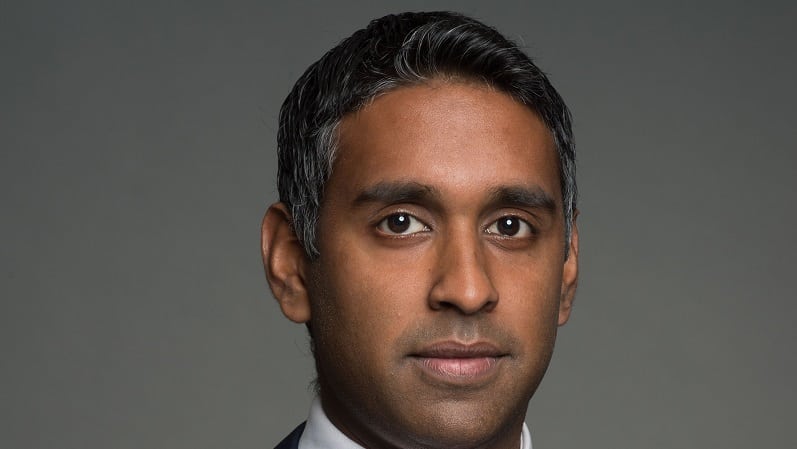Earlier this week, PA reported on how the big DFMs have been accused of rapidly moving away from the investment trust sector creating wide discounts in some parts of the market.
A study published on Tuesday by research consultancy the Lang Cat, commissioned by the Association of Investment Companies, says the increasing trend of advisers handing investment decisions to DFMs and multi-asset funds has created an inherent market bias against investment companies.
The report notes that despite almost £1bn of investment trusts being purchased on platforms in 2017, advisers are shifting huge numbers of clients into multi-asset funds and model portfolios, directly or through DFMs, which is not the open-architecture market that investment trusts need to thrive.
Structural bias
Only a third of the advisers surveyed use investment companies as part of their investment proposition. Of those who do use them, just over a fifth employ them within model portfolios, just over 40% on an ad hoc basis and the remainder use them in both contexts.
Five years after the retail distribution review (RDR), 95% of assets on advised platforms are still in open-ended funds or cash, the Lang Cat says.
The report says: “While the old commission bias was removed by the RDR, there is now a structural bias towards open-ended funds in the DFM multi-asset portfolios that advisers increasingly rely on.
“While the FCA will have something to say about it once it has completed its review of the investment platforms market, we don’t see that changing any time soon.”
Steve Nelson, consulting director at the Lang Cat, says: “An unrestricted investment choice should mean just that in forming suitable investments for a client. Yet, it feels like advisers are hindered by a combination of lack of access, market biases, cost and lack of information. That doesn’t feel like a great situation to us.”
Complications
The Lang Cat says using investment companies in model portfolios alongside funds can be made complicated by reporting and rebalancing needs.
One adviser said the biggest problem is that “unless you use them for the majority and rebalance all on the same day, it can become expensive or impossible to rebalance”.
Jordan Sriharan, head of fund research at Thomas Miller Investments (pictured), says his firm does not use investment companies for its model portfolios because they can create a differentiation in client outcomes depending on whether they are trading at a premium or discount.
He says: “People are coming constantly in and out of the models and, typically, when you buy a trust there is an element of discount and premium you factor into your calculations and because we can’t capture that for everyone with new money coming in or old money going out, you effectively get a differentiation in outcomes.
“When we are buying, for example, a corporate bond fund we are comfortable that has a good three-year return horizon we want to invest in.”
Sriharan says this discrepancy could give the regulator reason to question whether customers were being treated fairly.
“If the FCA asked us was everyone being treated fairly it might question Grandma Miggins, who bought that fund at a premium of 10% last week, and Mr Jenkins, who bought it two weeks before at a discount of 10%, and why their return profiles end up being quite different.”
Frustrating
But Gavin Haynes, managing director at Whitechurch Securities, says he uses investment trusts extensively in the firm’s portfolios and finds it frustrating that platforms do not provide a better level of access.
He says the closed-ended structure allows exposure to asset classes that open-ended structures do not. These include private equity, property and floating rate fixed interest which are well suited to trusts due to liquidity constraints.
“The employing gearing can provide opportunities to enhance returns, providing you know the risks, and as a contrarian investor, discounts can be used to gain exposure to undervalued, out of favour areas,” he says.
But, Haynes says liquidity can prove an issue for smaller investment trusts when investing larger sums of money. This he believes is likely to be a key reason that larger wealth managers running models and having centralised panels may not use them, and why platforms have issues.
Extra risk
Clive Waller, managing director at CWC Research, says he does not see the argument over barriers to investment companies because like exchange traded funds, there have always been platforms on which investment companies can be traded.
He adds: “If I was CEO of a large adviser firm, I would not have trusts on the menu; gearing, premium discount, liquidity are all extra risk.
“For me the market will continue to be dominated by CIPs.”







